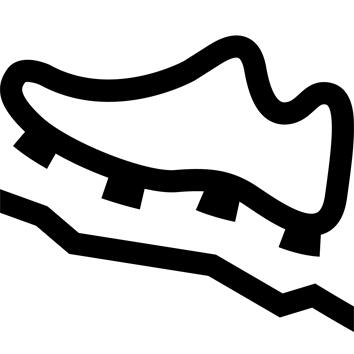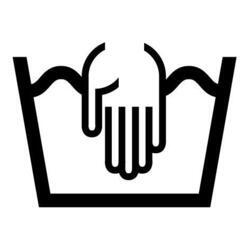Sole grip
A sole design that has undergone extensive research in our laboratories, combined with a specific rubber formulation to optimize grip and adhesion. As needs vary, we systematically seek the best compromise for both wet and dry terrain.
Buying advice
Have your child try on both shoes, standing up, with the socks used for hiking. Two points of comfort should be checked: the heel seat and the forefoot when descending. Avoid compression points when trying on shoes. Don't hesitate to let your child walk in them. Get your child to use the shoes progressively during the first few hikes, so that they fit his or her feet.
On the Internet, you can print out the pedimeter and check the length of your child's foot.
Which size to choose?
For hiking, don't hesitate to choose a size larger than your usual shoe size, to guarantee optimum comfort on the descent and to prevent your toes from banging against the ground. Tip: keep your nails short and, before going downhill, check that your lacing prevents your foot from sliding forward.
Field testing
All our shoes are tested for comfort and wear by representative users under conditions identical to those you would find in use. Our Test Missions bring together the product manager and people not affiliated with Quechua to test, develop and validate our products.
Laboratory testing
Other laboratory tests are also carried out to validate the following elements: eyelet and strap pull-off, bonding, toxicology, UV resistance, abrasion of sole and upper components, accelerated ageing.








